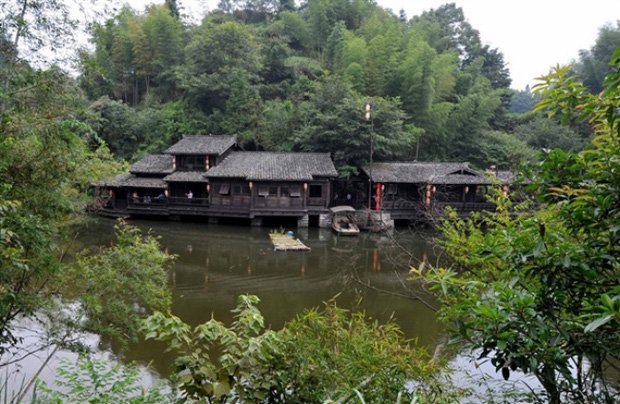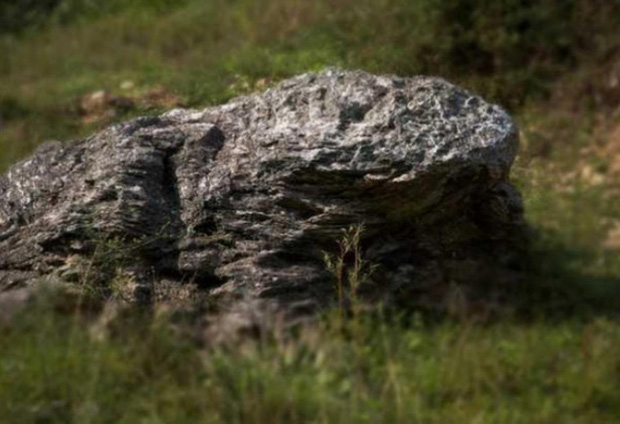Surrounded by lush vegetation and dotted with ponds and pools of water, the Chinese village of Ding Wuling should be teeming with mosquitoes, especially during the summertime. However, the tiny bloodsuckers allegedly haven’t been seen here in almost a century.
Located in the hills of China’s Fujian province, 700 meters above sea level, the village of Ding Wuling is home to the hakka minority, a people with a very rich history and culture evidenced by the unique architecture of their stone houses. But in recent years, the culture and architecture of this picturesque village have been overshadowed by a mystery enhanced by national media – the absence of mosquitoes. Despite being virtually covered by a lush canopy and surrounded by vegetation, the village has reportedly been mosquito-free for several decades.

It’s unclear whether scientist ever carried out an investigation to get to the bottom of this mystery, but most of the people in Ding Wuling believe it has something to do with the toad-shaped stone some of them worship outside the village. They believe that it is this representation of the “god toad” keeping the mosquitoes at bay.
Another popular explanation is tied to the locals’ habit of collecting garbage and burying it on the hillside near the village, which some believe helps keep Ding Wuling mosquito free.

In 2016, when Chinese newspaper People’s Daily originally reported the mystery of this mosquito-free village, locals said that they were hoping that experts could soon provide a definitive answer to the mystery that had put Ding Wuling on the tourist map.
Unfortunately, I haven’t been able to find newer information about Ding Wuling and its mosquito mystery, so it’s possible that the whole thing was made up to hype the place up and boost tourism in the area. Then again, maybe there is something to that toad stone, who knows?






